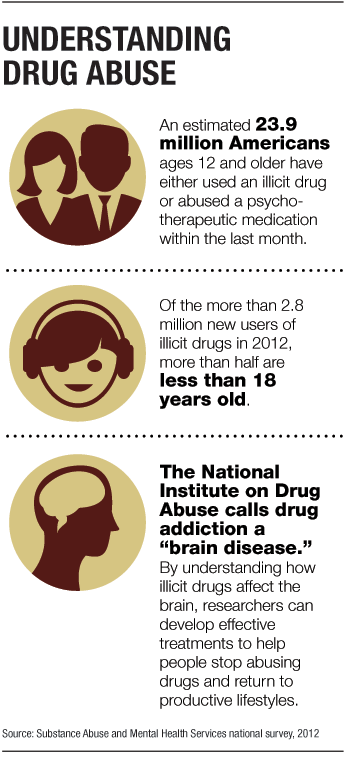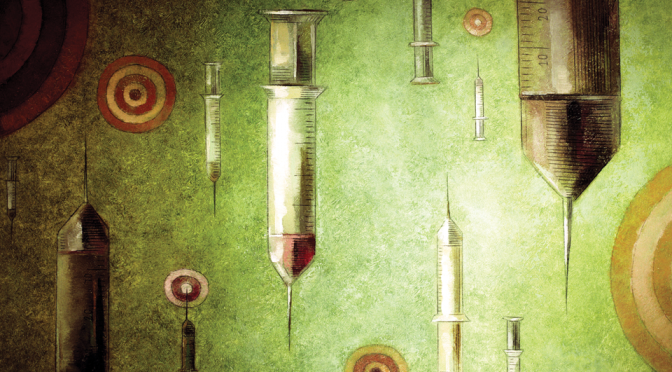John Wang, M.D., Ph.D., enjoys a challenge. Figuring out just what it is in the human brain that causes an addiction to drugs — cocaine, heroin and amphetamines — has held his attention now for more than two decades.
As the School of Medicine’s acting associate dean for research, Wang has good reason to doggedly seek answers. The National Institute on Drug Abuse estimates that the abuse of illicit drugs costs the United States about $11 billion annually in overall health care expenses alone. Add expenses related to issues such as crime and lost work productivity into the mix and that number explodes to about $193 billion, according to the agency.
“Drug addiction is a major problem socially, economically and medically,” Wang says. “And it’s a big challenge in the research field. It’s a global issue and it’s growing among young people.”
Wang joined the research faculty at the School of Pharmacy in 1998 and moved to the School of Medicine as the Westport Anesthesia Services/Missouri Endowed Chair in Anesthesia Research six years later. He currently serves as the school’s acting associate dean for research. In his fifth-floor laboratory at the School of Medicine, Wang has established one of the top addiction research units in the country and earned an international reputation as a researcher and scholar in the field of drug addiction.
He and his team have been working to determine the role a particular chemical neurotransmitter — known as a glutamate receptor — located in the brain plays in the addiction process.
They identified a subtype of these chemical transmitters, called NMDA receptors, as an important link for psychostimulants such as cocaine to stimulate motor activity. Cocaine, however, also increases the release of dopamine, another chemical neurotransmitter that actually inhibits NMDA receptors from generating motor activity in the brain. Current tests are focusing how NMDA glutamate receptors adapt to a long-term use of drugs and how they contribute to develop an addiction to them.
“All the efforts we are making here are to find the cause, which is the basis for a therapeutic development,” Wang says. “If you want to develop effective drugs for treating these addictions then you have to find out why; why do these addictions occur?”
That’s the million-dollar question. Or in Wang’s case, $3.5 million — which is what the National Institutes of Health is currently pouring into two ongoing grant-supported research projects in Wang’s research laboratory and that’s on top of the more than $5.7 million in NIH funding the projects previously received.
In addition, Wang’s research team is studying the pharmacological mechanisms of anesthetic drugs. Wang said that while a medically induced insensitivity to pain can be effectively produced through the use of a wide variety of anesthetics, the basic molecular function of anesthesia and the potential adverse effects of anesthetic agents are still poorly understood.

Wang began his major work in addiction research while conducting his postdoctoral training at Beijing Medical University. There he met and worked with Jisheng Han, M.D., one of China’s top neuroscientists and a leader in addiction research. He also grasped the broad effects of drug addiction, not only on the individual addict but also to the hardships it causes families. Today, Wang said his collaborations on addiction research extend to working with scientists throughout Europe and Asia as well as in the United States.
“China is one of the countries having a big problem with drug addiction,” he says. “It’s a global problem and we have to take a global approach.”
After more than 20 years of study, Wang said he and scientists across the globe working together have made small steps toward finding the answer. By understanding how the brain cells function in relation to one another when introduced to cocaine and other similar drugs, scientists have developed therapies that are now in clinical trials for treating cocaine and other drug addictions.
“It’s not just my efforts,” Wang says. “It’s a big group of researchers all over the world, different scientists working toward the same goal, all working together to find the cause of drug addiction. I think we are getting closer but I think we will still need years and years of research to finally answer the question.”



